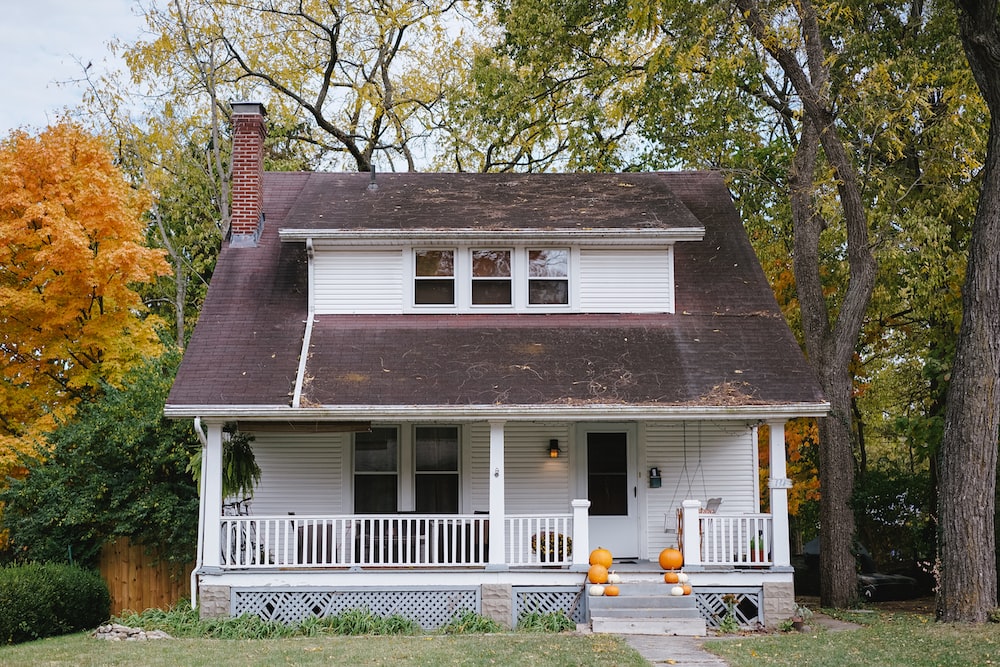Owning a home is a significant investment, and protecting it is essential. Natural disasters such as hurricanes, tornadoes, and high winds can cause severe damage to your property. In the United States, wind and hail-related claims accounted for 33.6% of all homeowner’s insurance claims in 2020, according to the National Association of Insurance Commissioners. It’s no wonder that homeowner’s insurance premiums can be expensive, especially if you live in an area prone to wind damage. This is where wind mitigation inspections come into play. In this article, we’ll explore how wind mitigation inspections can save you money on homeowner’s insurance.
Understanding wind mitigation inspections
A wind mitigation inspection is an assessment of your property’s ability to withstand wind damage. These inspections evaluate the strength and durability of your home’s roof, windows, doors, walls, and foundation. The inspector will look for features that can reduce wind damage, such as hurricane straps, reinforced garage doors, and impact-resistant windows. The goal of a wind mitigation inspection is to identify ways to improve the property’s resistance to high winds, ultimately reducing the risk of damage and insurance claims.
Why wind mitigation inspections are important
Wind mitigation inspections are essential for homeowners living in areas prone to high winds and hurricanes. These inspections can identify potential weaknesses in your property and provide recommendations to improve its resilience. By implementing these recommendations, you can reduce the risk of wind damage and lower your homeowner’s insurance premiums. Wind mitigation inspections can also give you peace of mind knowing that your property is better protected against natural disasters.
How wind mitigation inspections can save you money
The most significant benefit of a wind mitigation inspection is the potential savings on homeowner’s insurance premiums. Insurance companies offer discounts to homeowners who implement wind mitigation features that make their property more resilient to wind damage. These discounts can range from 10% to 50% off your homeowner’s insurance premium. The amount of discount you receive will depend on the type of wind mitigation features you have installed and your location’s risk of wind damage.
Wind mitigation inspection requirements
Wind mitigation inspections are not required by law, but some insurance companies may require them to determine the property’s risk and offer discounts. In Florida, for example, homeowners are required to have a wind mitigation inspection before purchasing homeowner’s insurance. It’s essential to check with your insurance provider to see if a wind mitigation inspection is required.
Finding a qualified wind mitigation inspector
When choosing a wind mitigation inspector, it’s essential to find a qualified and licensed professional. Look for inspectors who have completed wind mitigation training and certification courses. The inspector should also be experienced in evaluating wind mitigation features and providing recommendations for improvement. You can ask for referrals from friends or family members who have had wind mitigation inspections or search online for licensed inspectors in your area.
What to expect during a wind mitigation inspection
A wind mitigation inspection typically takes 1-2 hours to complete. The inspector will evaluate the property’s roof, windows, doors, walls, and foundation and look for features that can reduce wind damage. The inspector will also check for proper installation of these features. The inspector will take photos and notes during the inspection and provide you with a detailed report of their findings.
Common wind mitigation features
There are several types of wind mitigation features that can reduce wind damage to your property. These features include:
- Hurricane straps: Metal straps that connect the roof to the walls, making the roof less likely to detach during high winds.
- Reinforced garage doors: Garage doors that are reinforced with metal bracing or impact-resistant materials.
- Impact-resistant windows: Windows made of laminated glass that can withstand high winds and impacts.
- Roof shape: Certain roof shapes, such as hip roofs, are more resistant to wind damage than gable roofs.
- Shatter-resistant film: A film applied to windows that can prevent glass from shattering during an impact.
How to prepare for a wind mitigation inspection
Before the inspection, make sure you have all the necessary documents, such as the property’s building permit, inspection reports, and roof certification. Clear any obstacles that may prevent the inspector from accessing the roof, attic, and garage. Ensure that all wind mitigation features are properly installed and documented, as this can affect your eligibility for insurance discounts.
Submitting your wind mitigation report to your insurance provider
Once you receive your wind mitigation report, review it carefully and make any necessary improvements to your property. Contact your insurance provider and provide them with a copy of the report. Your insurance company will review the report and determine your eligibility for discounts. If you are eligible, they will adjust your homeowner’s insurance premium accordingly.
Conclusion
Investing in a wind mitigation inspection is a smart decision for homeowners looking to protect their property from wind damage and reduce their homeowner’s insurance premiums. By identifying potential weaknesses and implementing wind mitigation features, you can make your property more resilient to high winds and save money on insurance. Remember to find a qualified inspector, prepare for the inspection, and submit the report to your insurance provider to take advantage of potential discounts. With wind mitigation, you can have peace of mind knowing that your property is better protected against natural disasters.

